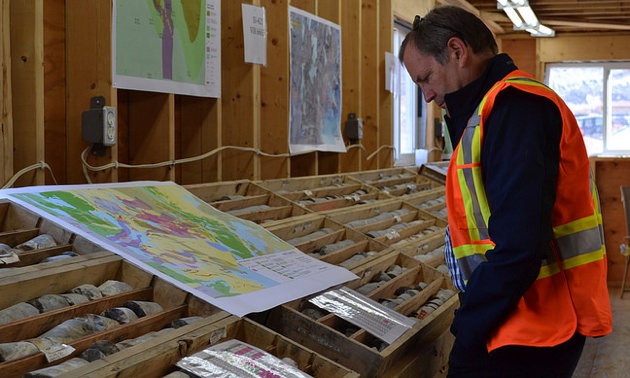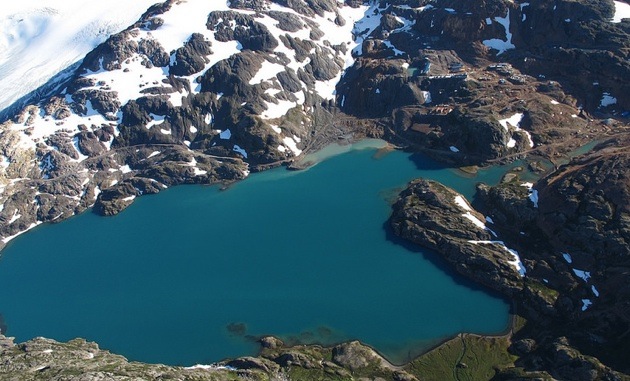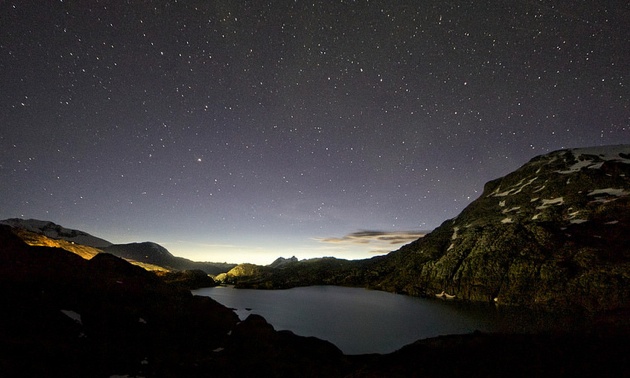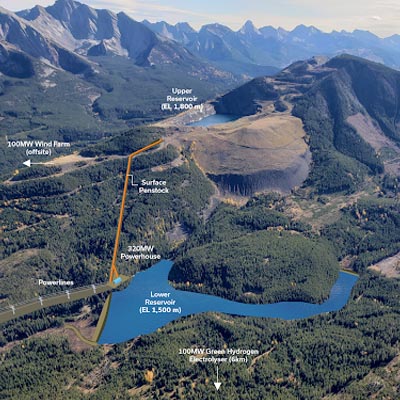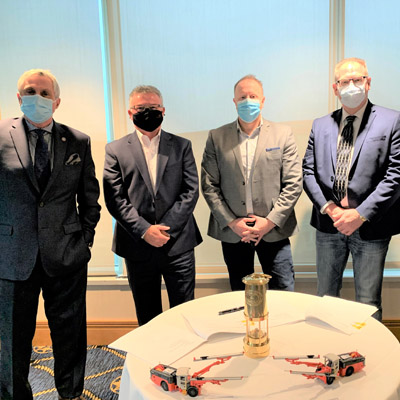Executive confident about gold mine’s development
Robert Quartermain believes his company will open a high-grade gold mine in northwestern British Columbia in 2016
Robert Quartermain believes his company can clear all hurdles in order to open its proposed high-grade Brucejack gold mine in northwestern British Columbia by 2016.
The president and chief executive officer of Pretium Resources Inc. told the recent Initiatives Prince George Market Expansion Forum that because his company’s Brucejack project contains such a large volume of high-grade gold, it could remain highly profitable in a time of uncertain gold prices.
He also said the proposed underground mine would have minimal impact on the environment as the company prepares to file its environmental assessment certificate application in the first quarter of this year.
Quartermain also said he personally had taken a week to meet with First Nations chiefs and elders whose communities might be affected by the project to listen to and address their concerns.
Pretium hopes to release an updated feasibility study regarding Brucejack—65 kilometres north of Stewart—during the second quarter of 2014. It will be based on a new resource estimate for the project’s rich Valley of the Kings zone, released in December, that found measured and indicated gold totalling 8.7 million oz. at a grade of 17.6 grams per tonne gold.
The upcoming feasibility study will also be using different base case numbers than the current one released this past June. The new study will drop gold prices from US$1,350/oz. to US$1,100/oz. and use a $0.92 CAD: US exchange rate instead of one based on par.
The company anticipates receiving its environmental assessment certificate in late 2014/early 2015, with an 18-month construction phase beginning after that. Commissioning of the mine is targeted for 2016.
The Market Expansion Forum was held in Prince George, B.C., on January 21.
“The aspect around it (Brucejack) is that high-grade gold will allow you to have a flexible mining plan as it relates to gold prices,” Quartermain said in a forum presentation. “So you can modify your (development) with respect to that.”
Quartermain also said the company’s environmental assessment certificate application is bolstered by the fact that part of the Brucejack project, the West Zone, received a Mine Development Certificate in 1993. Although that expired, Quartermain said other major high-grade gold and silver projects—such as Eskay Creek, only 15 kilometres to the north—have been permitted and have operated in the past.
Brucejack Lake
The proposed mine would only have a total surface disturbance of about eight to 10 hectares, Quartermain said. And although up to 50 per cent of the mine’s tailings would be piped into nearby Brucejack Lake, the lake has no fish in it largely because it contains limited oxygen. The nearest fish are found 22 kilometres downstream, Quartermain said.
Pretium plans to pipe tailings into the 100-metre-deep lake from below, which would eventually fill the bottom 30 metres of the lake.
The rest of the tailings would be packed underground. Quartermain said waste material should contain limited sulphide.
When water from Brucejack Lake does reach the nearby Iskut River, it only makes up about one per cent of inflow into it. Therefore any negative environmental impact would be minimal.
First Nations' issues
In terms of First Nations’ involvement, Quartermain said because Brucejack is in the Nass watershed, the development is subject to the Nisga’a Treaty and company officials need to deal with the Nisga’a leadership. The Skii km Lax Ha also have assertive traditional hunting and trapping rights along the project’s 73-kilometre access road, west from Highway 37, while the Tahltan First Nation have traditional assertive rights too.
Quartermain said discussions with the three First Nations have already begun as part of the permitting process and have benefitted from commercial relationships the company has forged with them during the project’s exploration phase. Firms from all three First Nations have worked on such things as camp construction, access road maintenance and waste rock disposal.
One issue particularly important to the Nisga’a is increased traffic on Highway 37 and a resulting possible threat to the moose population, Quartermain said. He said the company wants to work with them to ensure food sources aren’t compromised.
Employment
If the mine is approved, Quartermain said construction of the project would create approximately 800 jobs. Once operational, it would employ about 500 full-time workers.
Quartermain said he wanted to employ as many people from northern British Columbia as possible and planned to work with local communities and institutions concerning education—outlining the company’s needs—in order to properly train potential employees.
The mine’s capital cost is currently pegged at US$663.5 million. It would run for 22 years, producing an estimated 7.1 million oz. of gold and 31.6 million oz. of silver.


